Scott Johnson, Science Officer with the Bahamas National Trust, shares the work that he and his fellow conservationists are doing to help raise awareness about the issue of wildlife smuggling.
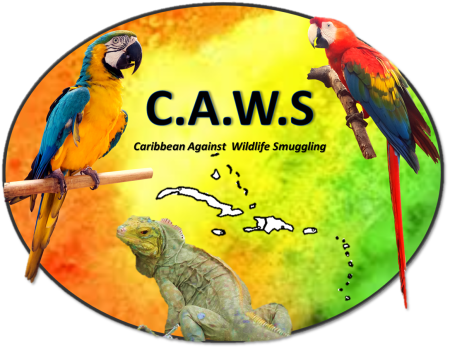
As a Caribbean native, I can wholeheartedly understand people’s obsession with our region. The lush green vegetation, white sandy beaches, turquoise waters, delicious food, and warm tropical climate are all hallmarks of the Caribbean experience. Every year many people, aka “snowbirds” flock to this region by the millions for a welcome respite from the frozen north.
In addition to “sun, sea and sand,” visitors also enjoy the Caribbean’s abundant wildlife, including the chance to spot spectacular native birds like parrots, trogons and todies, swim with sharks and rays, snorkel on a tropical reef, interact with rock iguanas, and even watch sea turtles laying their eggs in a nest they dig right on the beach. Unfortunately, some people want to do more than just observe the wildlife—they want to take a souvenir home, purchasing wildlife products for fashion, pets, and novel foods. This is causing a serious threat to the long-term survival of many native species.
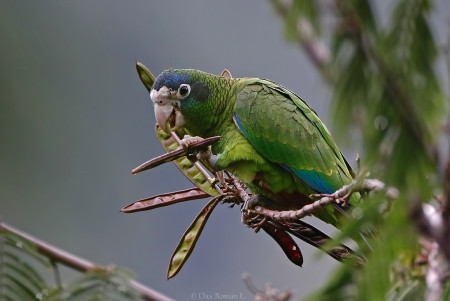
The Caribbean is a virtual treasure trove of biological diversity. In fact, it is one of the most important biological hotspots in the world, home to thousands of endemic plants and animals. For example, 172 species of birds are Caribbean endemics, found no place else on earth. Many of these species are found on only one or two islands in the entire region. The novelty of these species unfortunately makes them key targets for smugglers.
Wildlife smuggling is one of the largest illegal activities in the world, a multi-billion dollar industry worldwide. Every year, tens of thousands of animals and animal products are smuggled to places like Asia, the US and other countries to satisfy people’s insatiable appetites for the new and exotic. In Trinidad and Tobago, birds like the Chestnut-bellied Seed Finch and Blue-and-Yellow Macaw are key species targeted by smugglers. In 2011, 74 eggs from both Black-billed Parrots and Yellow-billed Parrots were smuggled out of Jamaica into Austria in rum cake boxes by tourists visiting Jamaica. On the island of Hispaniola, Hispaniolan Parrots have been captured and sold in the wildlife trade and are illegally kept as pets, while a single St. Vincent Parrot is said to be worth $100,000 on the black market.
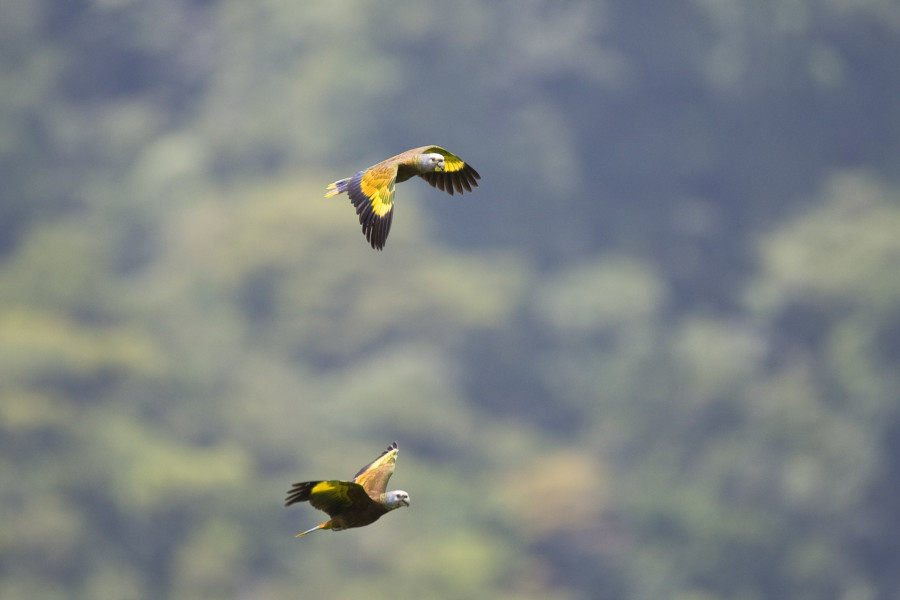
What’s being done to help curb this threat in the Caribbean?
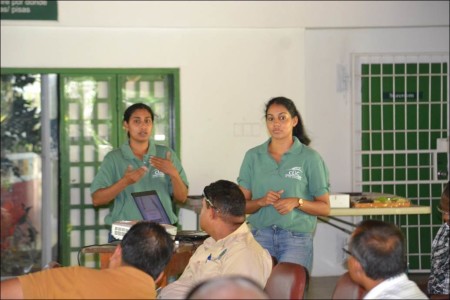
Law enforcement is an extremely important tool in the battle against wildlife smuggling. Sadly, protection of native wildlife from illegal capture and smuggling has not been a major priority for many Caribbean countries. In addition, many enforcers do not have a well-rounded knowledge about their native species. This is where wildlife sensitization comes in.
For the past two years, the Conservation Leadership in the Caribbean (CLiC) Program of the US Fish and Wildlife Service has been training emerging young conservation professionals from around the Caribbean to tackle wildlife conservation problems in the region. Several of the participants formed a group called Team Traffic, and took on the challenging issue of wildlife smuggling in their home countries, the Bahamas and Trinidad and Tobago. Over the past year they have been assisting in the training of enforcers in each country, giving them the knowledge they need to properly identify animals in their country and put more emphasis on the protection of native wildlife.
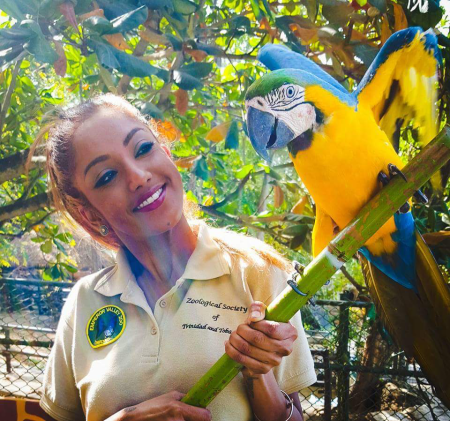
Team Traffic has also created a Facebook page called CAWS-Caribbean Against Wildlife Smuggling, to help with outreach and education. International transportation companies such as JetBlue are helping to raise awareness through a public education campaign that advises travellers not to carry any wildlife products from countries visited.
In July 2016, The Bahamas hosted the Regional Wildlife Enforcement Workshop which brought together heads of enforcement agencies from across the Caribbean and International organizations such as CITES and the US Fish and Wildlife Service. The successful meeting led to the recommendation of the establishment of a Caribbean Wildlife Enforcement Network aimed at improving wildlife enforcement cooperation in the region.
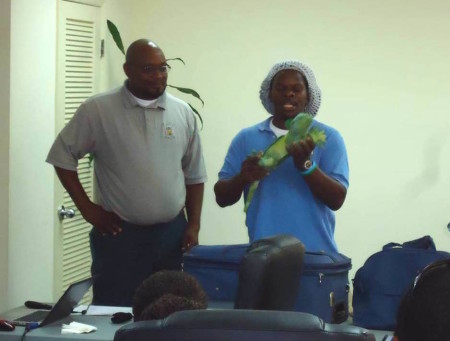
CLiC’s Team Traffic group will continue to work with partners both locally and internationally to educate enforcers on the threats of wildlife smuggling in the region. With all of us working together, we will be a strong force against the ever-present threat of smuggling. Please support our CAWS!
What you can do to help
- Don’t purchase items such as coral, products made from turtle shells, feathers, or any exotic animal product, as you may be helping to fuel the illegal wildlife trade market.
- Never buy wild-caught birds.
- Report the capture and sale of wild birds to the authorities.
- Plant native trees and shrubs in your yard and support forest reforestation efforts.
- Enjoy the beauty of the animals in their natural habitat to ensure them for future generations. If everyone puts in a concerted effort to learn about wildlife and wildlife smuggling, our region will be one step closer towards eradicating this illegal activity once and for all.
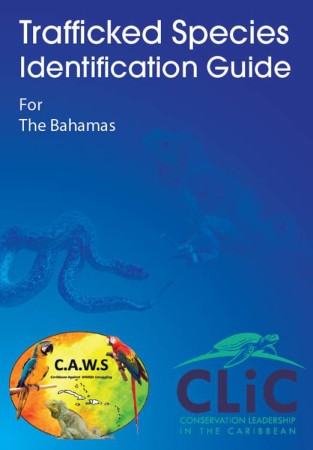
Many thanks to Scott Johnson, Kareena Anderson, Laura Baboolal and Sharleen Khan, participants in the Conservation Leadership in the Caribbean (CLiC) Program, a U.S. Fish and Wildlife Service supported program. Please follow CAWS on their Facebook page! The issue of wildlife smuggling and how are laws and protected areas help conserve our birds was the theme of our 2016 celebrations of the Caribbean Endemic Bird Festival (CEBF) and International Migratory Bird Day (IMBD). Click here for more information.

One comment
Comments are closed.